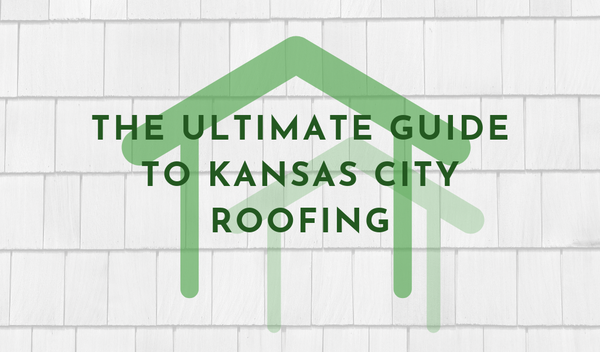10 Steps to Building a Roof
Building a roof is a detailed process. At RSG, we ensure that every step of building a roof is followed letter by letter to give you a roof that will protect your home for years to come. Have you ever been interested in what goes into building a roof? We’re happy to break the process down for you, step by step.
- Tear off the old roof. If you’re putting a new roof on an existing structure, it’s impossible to properly install the new system without removing the old completely. Many fly-by-night companies have been known to install new product over the old—this is a sure sign that your roof isn’t going to last. One of the most tedious components of tearing off an old roof is making sure all the old shingles are removed, or pounded flat into the remaining structure. Leaving nails sticking out will tear holes in the new shingles, so it’s vital not to cut corners on this step.
- Install the drip edge. While this isn’t usually required, a drip edge gives a nice finished look, prevents shingles from curing and keeps water from running down your fascia boards. This must be fastened to the eaves before the underlayment is installed, and must be nailed every couple feet to keep it secure.
- Roll out the underlayment. Underlayment is important because it can prevent ice dams and strong winds from allowing water into the house. This material self-sticks, so the backing is peeled off and the underlayment is applied as flat and straight as possible to the deck. Depending on the temperature (warmer is better) it might stick on its own or require a few nails to keep it in place.
- Cover the roof with felt paper. This is also referred to as “tar paper,” and helps remove the water that gets under the shingles and increases the roof’s fire rating. This is rolled out in short sections and staples are used to secure it to the deck. Each paper needs to overlap the one before to provide adequate coverage.
- Waterproof the valleys. Roof valleys direct water away from the structure, so they need extra protection. Underlayment and felt paper are installed much the same way as above, but with different methods that allow for the specific structure of the valley coverage.
- Apply starter shingles. This is a critical first step in shingle coverage. Shingles are meant to overlap each other, but starter shingles are specifically designed to be the first row of flat, and they are only ½ as wide as regular shingles. This creates a barrier that keeps water from running in between the seams of the first shingles and creating a leak.
- Install the shingles. This process is tedious, but it’s probably the simplest part of roofing a house. Shingles are applied in an overlapping pattern and secured with a nail gun.
- Install the flashing. Like waterproofing the valleys, this is an extra step that needs to be completed to get a tight seal around chimneys, windows, and any structures that touch the roof.
- Cap the ridge. These are the top shingles at the very peak of your roof. Often, we use special shingles specifically designed for this purpose. Securing these shingles often requires longer nails due to having to go through multiple layers of shingles.
- Seal it up. Sweep any debris off the roof and seal all the exposed nails. We don’t recommend silicone sealers, as they don’t hold up, or asphalt-based sealants that dry out in the sun. We use a specialized hybrid that lasts for years.
As you can see, the steps required to build a roof are specific and vital to maintain the structure and protect your investment. If you’d like more information on repairing or replacing your roof, give the team at RSG a call at 816-866-4235 or just click HERE to schedule your complimentary consultation.
Leave a comment
Comments will be approved before showing up.




